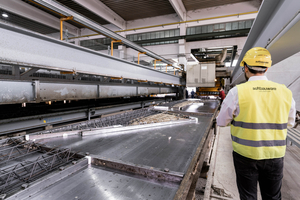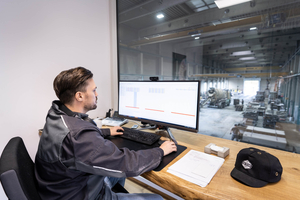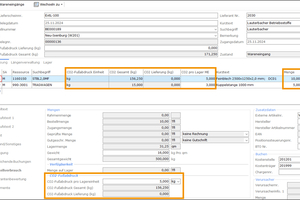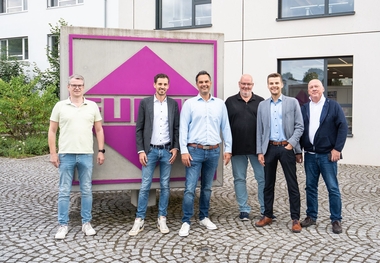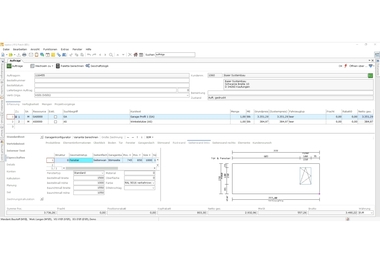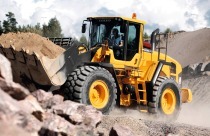ERP system facilitates CO2 balancing
The coming into effect of EU Directive 2022/2464 requires many companies, as of the beginning of this year, to record their CO2 emission values and to create a balance sheet. This documentation requirement often presents a major challenge. The task is greatly facilitated by the Erpbos ERP system from Softbauware. By cross-linking data collection, this system can calculate a detailed CO2 balance at any point of time throughout the production chain. In addition, it makes it easier to evaluate optimization potentials and the effects of changes in production flow.
The ongoing climate change and the accompanying consequences are of relevance to the society as a whole. This is why changes in general framework conditions also lead to new requirements and laws – such as EU Directive 2022/2464, which has now been converted into national law. With this revision, sustainability information is now equal in significance to the financial information of a company. The new regulations went into effect beginning with the financial year of 2024, initially for all companies that were already legally obligated to report. As of the financial year 2025, the scope of application has been extended to include all large commercial corporations, credit institutions and insurance companies as well as all group parent companies that are required to prepare financial statements. Such accounting can in some cases be highly complex. To facilitate this process and to avoid mistakes, use of an ERP system is recommended.
System functionalities
With Erpbos, Softbauware offers a complete ERP solution which, among other factors, is designed to meet the special requirements and needs of companies supplying the construction industry – an economic sector that, particularly due to the very high CO2 emissions it generates, is repeatedly criticized. Precise accounting and balancing of the CO2 emissions serve not only to satisfy the requirements of the EU Directive, but also shows companies where they have not yet exploited savings potentials. For this purpose, the CO2 emission values of both in-house produced goods and purchased goods can be filed in the master data of the ERP system. These values relate to emissions that are generated during production of the articles. Accordingly, acquisition and sales documents contain the values of the respective positions. Furthermore, additions to CO2 emission data associated with transport are possible in the delivery documents. All these collected data are entered in the inventory journal and are available for further analysis. Production times per piece for the workstations can be downloaded within work plans. These production times are used for calculating the CO2 emissions according to the values filed for the workstation. The result is added to the emission values of the resource list for determining the total CO2 footprint of a product. This is indicated in the calculations.
Little own effort required
The ERP system offers specific functions for conveniently handling data for production, procurement and sales processes for efficient documentation and balancing. One example is the master product list, to which three fields were added for the CO2 footprint:
1. The average CO2 footprint per inventory
This value indicates the amount of CO2 that is generated by acquisition of an article. These data must always be updated to the inventory quantity unit, but can also be listed in grams, kilograms or tons.
2. Production per inventory unit
This value shows the amount of CO2 generated during production of an in-house- produced article.
3. Value assignment type
This value assignment determines the predefined value of a process – for example, in a particular order.
The precise documentation of the ERP system and its seamless access to the corporate areas of production, procurement and delivery are important contributions to CO2 balancing. Calculation here takes place automatically and with consideration of all important parameters. In this way, companies are able, without great effort, to satisfy their obligations to maintain a balance sheet. In addition, emissions can be individually accessed at any point of time. In this way, the system supports companies not only in maintenance of CO2 accounting in accordance with the law.
Furthermore, previously unused potential for additional emission savings can be recognized and implemented. In this way, manufacturers are supported in ongoing reduction of their CO2 footprint.
CONTACT
Softbauware GmbH
Raiffeisenstraße 22
63225 Langen/Germany
+49 6103 3727700

